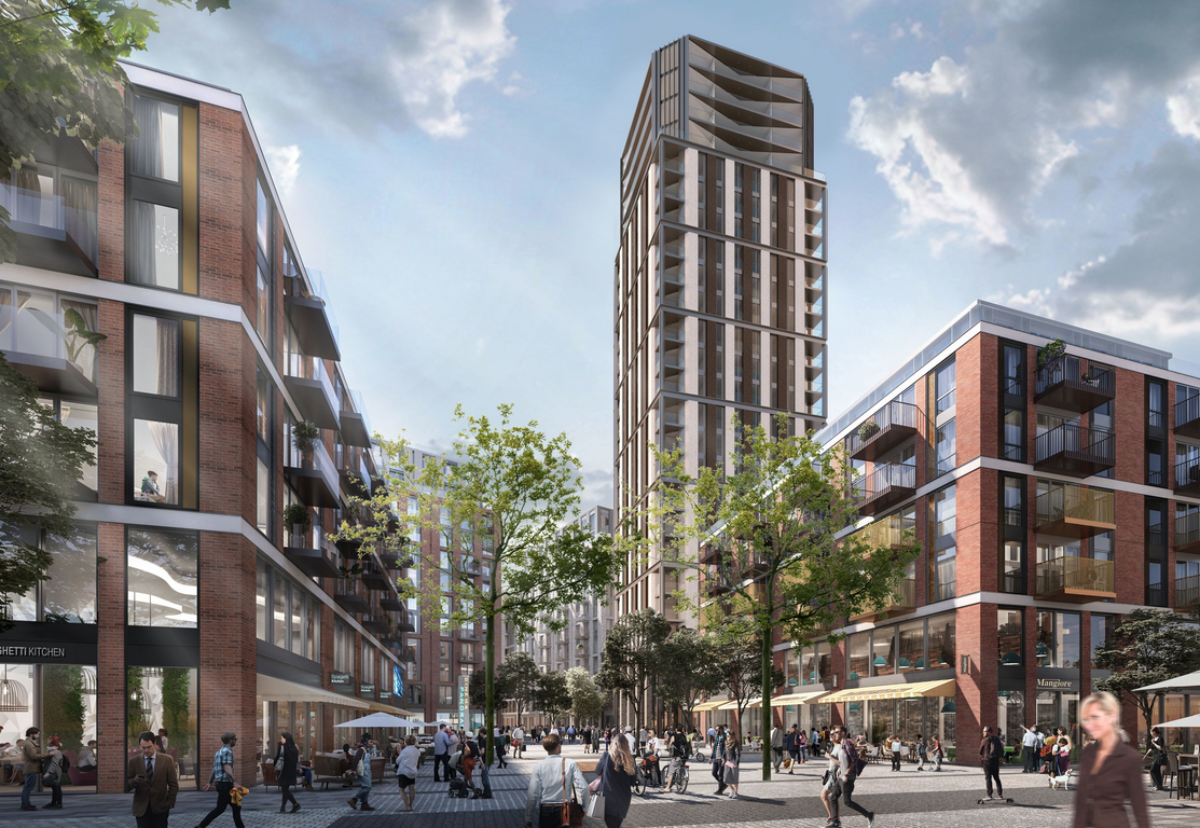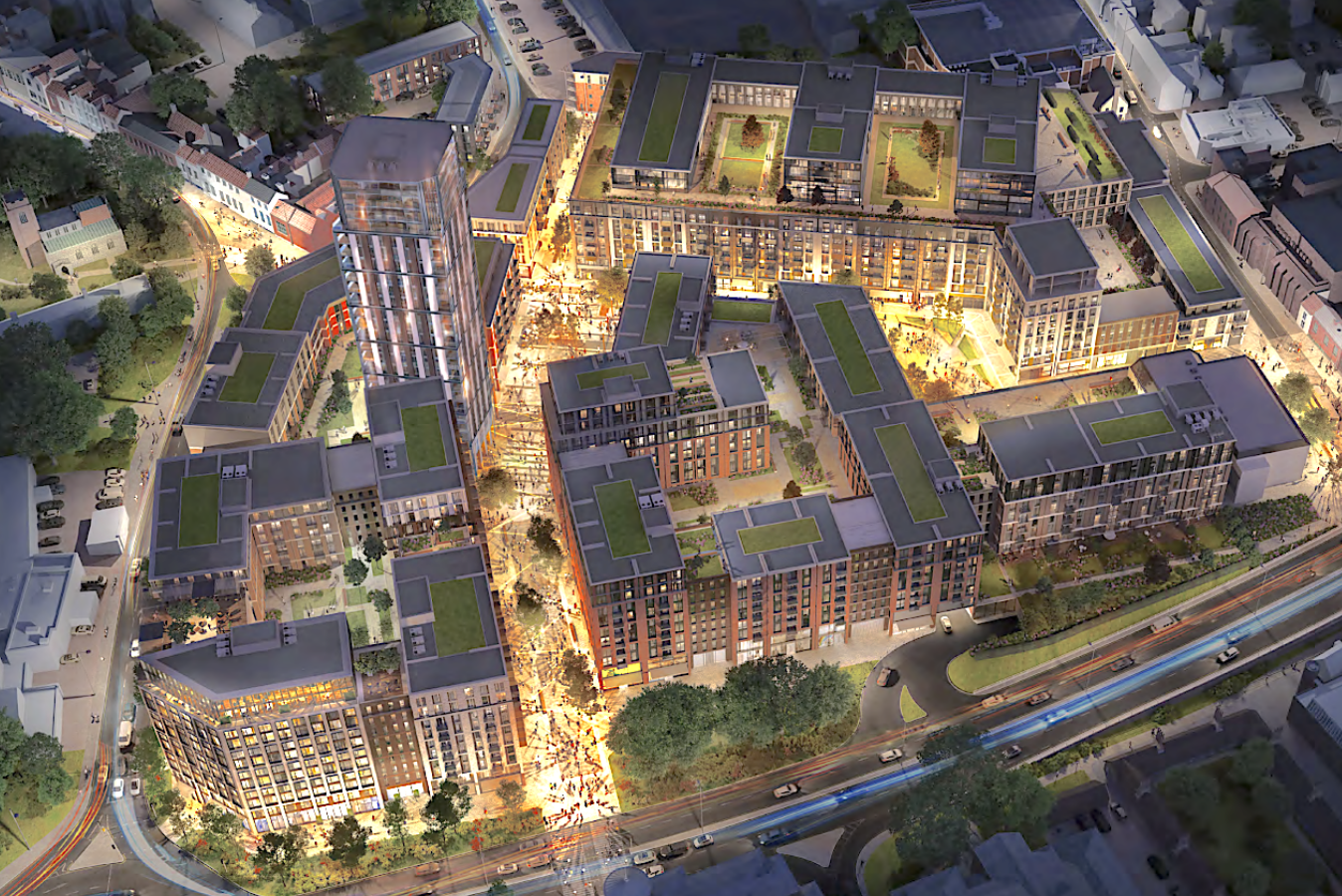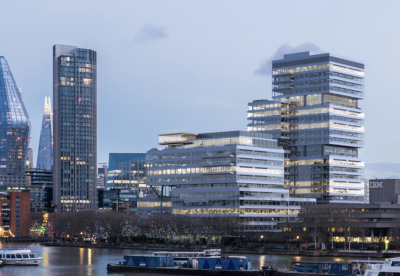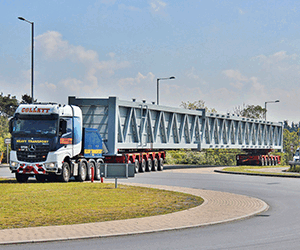Chairman Bob Weston said he was “gutted” to have to axe the 1,100 homes Anglia Square scheme after eight years of fighting and bending over backwards to bring the regeneration project to fruition.
He blamed planning delays caused by central Government intervention, costly changes to rules and regulations, and build cost inflation for making the project no longer viable.
Now the house builder has had to write off £7.5m against the cost of progressing the scheme over eight years.
Weston said: “I am personally gutted to have to write-off millions of pounds of company investment and not have a new scheme to show at the end of the venture.
“There are sadly no winners with this outcome. The city and people of Norwich, Weston Homes and Anglia Square are all victims of this deeply unfortunate situation.
“This was a development calculated to create around 2,211 direct construction jobs, another 288 jobs in the completed retail and commercial premises, with the residents of the new housing calculated to spend up to £36m per annum in the local Norwich economy. None of this will now happen.
He added: “The core contributor to a lot of the issues in this saga is the Conservative government, which seems to have no understanding of the importance of supporting the house building industry, regional cities and local communities in the UK.”
He said that a multitude of issues had impacted on the viability of the 11.5 acre Anglia Square scheme and made funding extremely difficult.
“The Ending Stagnation Report: A New Economic Strategy for Britain, recently published by the Resolution Foundation & Centre for Economic Performance, LSE provided a damning criticism of the Conservative Government and Anglia Square is a textbook case study that could be added to the report.”
Seven reasons why Anglian Square was pulled
1.Planning delays and extra costs due to government intervention
In 2018, housing minister Robert Jenrick called in and overturned both local planning consent and the inspector’s recommendation to approve. The minister’s intervention forced Weston Homes back to the drawing board to revise its plans. This required a further 12 months of local consultation before the current project gained a resolution to grant in April 2023.
2. Covid costs
During these planning delays, the COVID-19 pandemic struck, with a major impact on the viability of the proposed office and retail space, as the rise in homeworking and digital retailing reduced forecast demand
3. Nutrient Neutrality delays and cost
In March 2022, the Nutrient Neutrality directive blocked the building of new homes across Norfolk as it was believed house building could dangerously increase nutrient levels in local wetland. In August 2023, then housing minister Michael Gove said he would rewrite the rules on nutrient neutrality, making Natural England’s rules guidance rather than directives. But Gove backtracked meaning Natural England’s directives still stand.
Weston Homes now has to pay a £4m levy to Norwich City Council as an offset fee to the increased nutrient levels that are calculated to be generated by the Anglia Square development.
4. Grant funding impacted by delays
The financial viability of the redevelopment was always challenging from the outset, recognised in the form of £15m of Marginal Viability Funding from Homes England’s Housing Infrastructure Fund. Due to the planning delays, the funding rules meant that Weston Homes would now only be able to draw down £7m of the original funding first allocated.
5. build cost inflation
Build cost inflation impacted on the calculated construction costs making the scheme’s viability even more marginal over the last 18 months.
6. Community infrastructure levy
While Weston Homes welcomed a Labour-led Norwich City Council cabinet community infrastructure levy waver worth £2.3m on the first two phases, there was still a remaining tax levy on the final two phases, amounting to £5.4m tax bill for scheme.
7. Building Safety Act
The design guidelines in the Government’s Building Safety Act (2022) would result in the loss of another 100 homes within the proposed scheme, due to the required redesign of the various buildings.
This slashed millions of pounds from the projected revenue.

























































